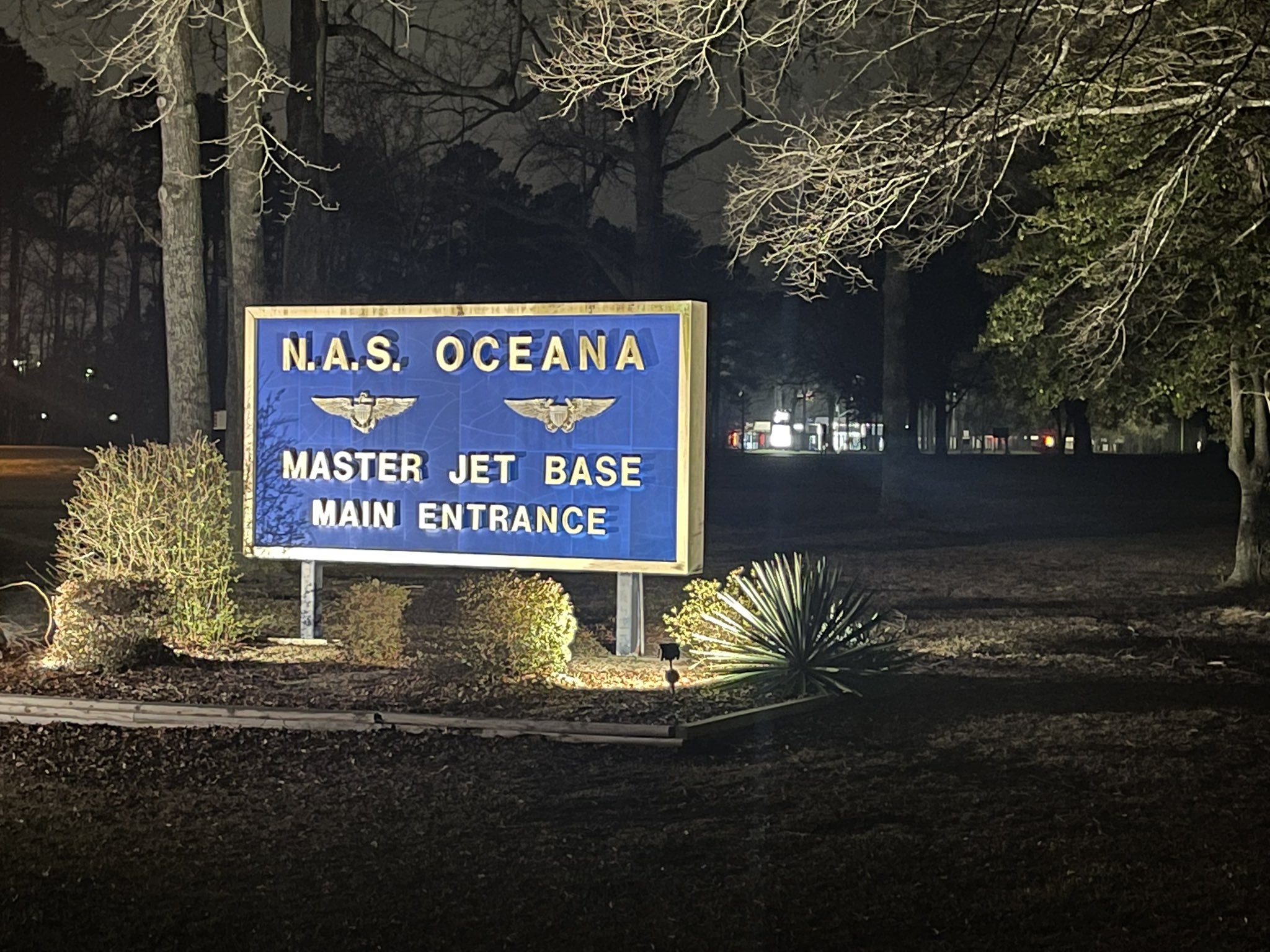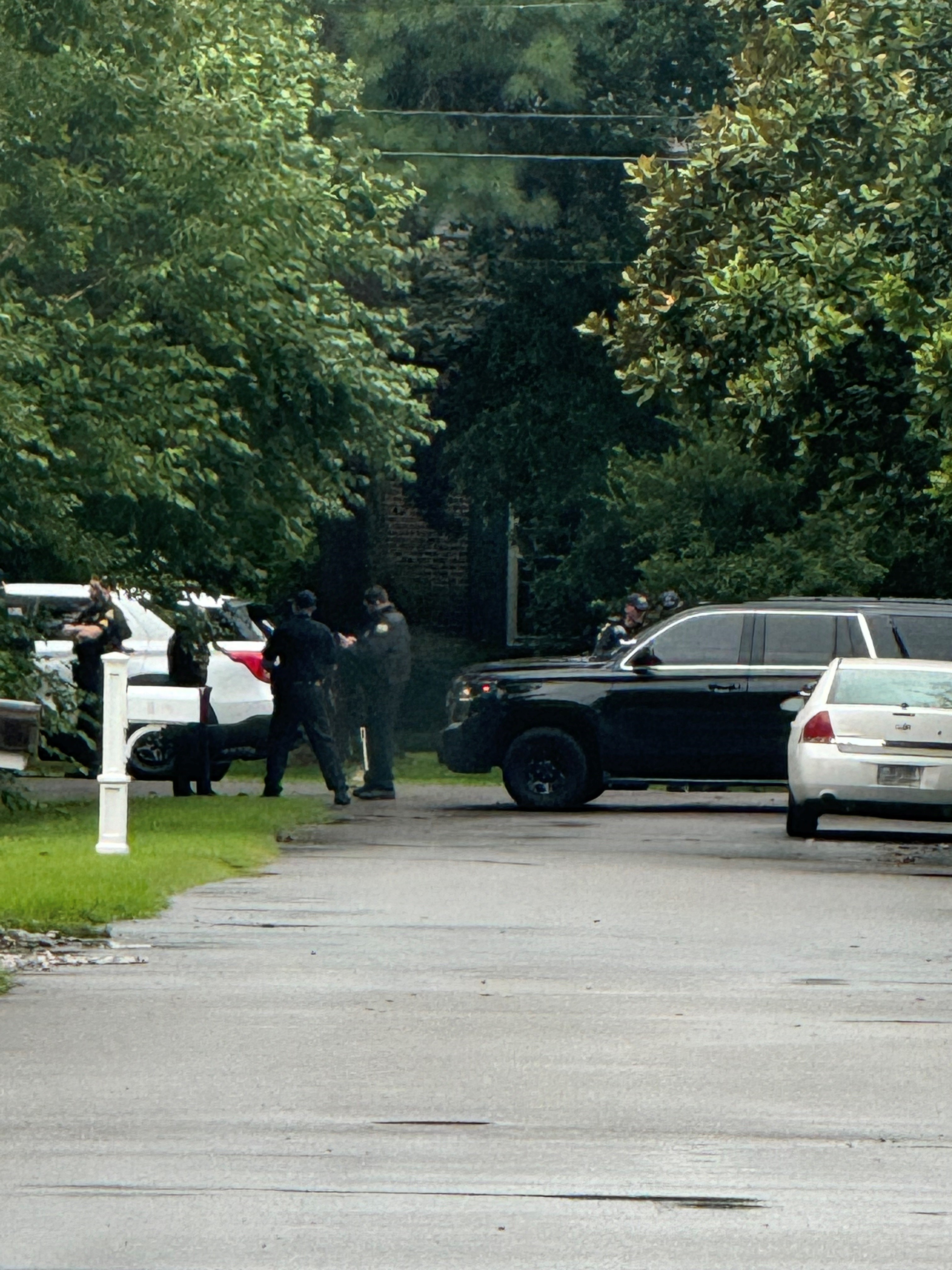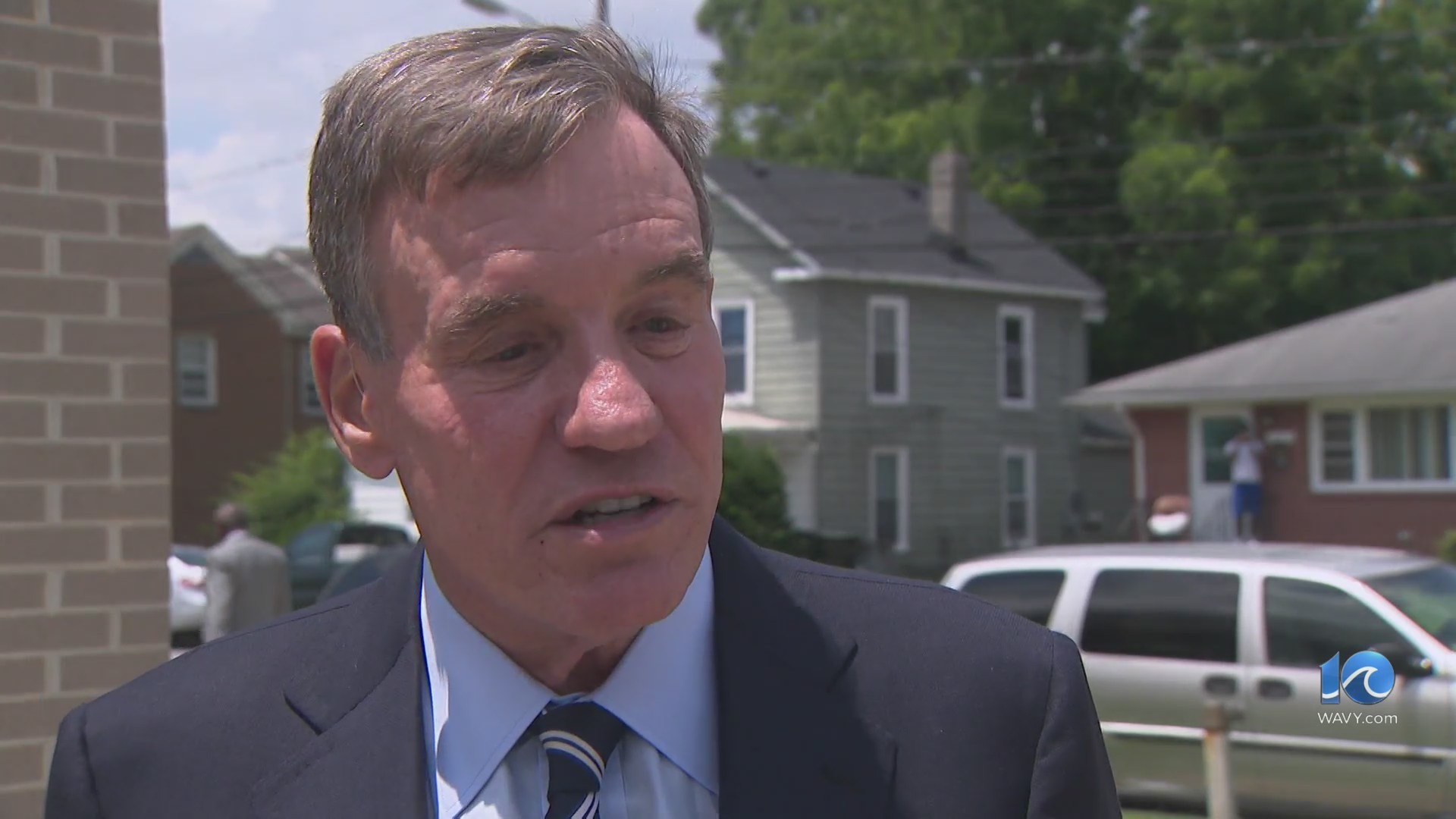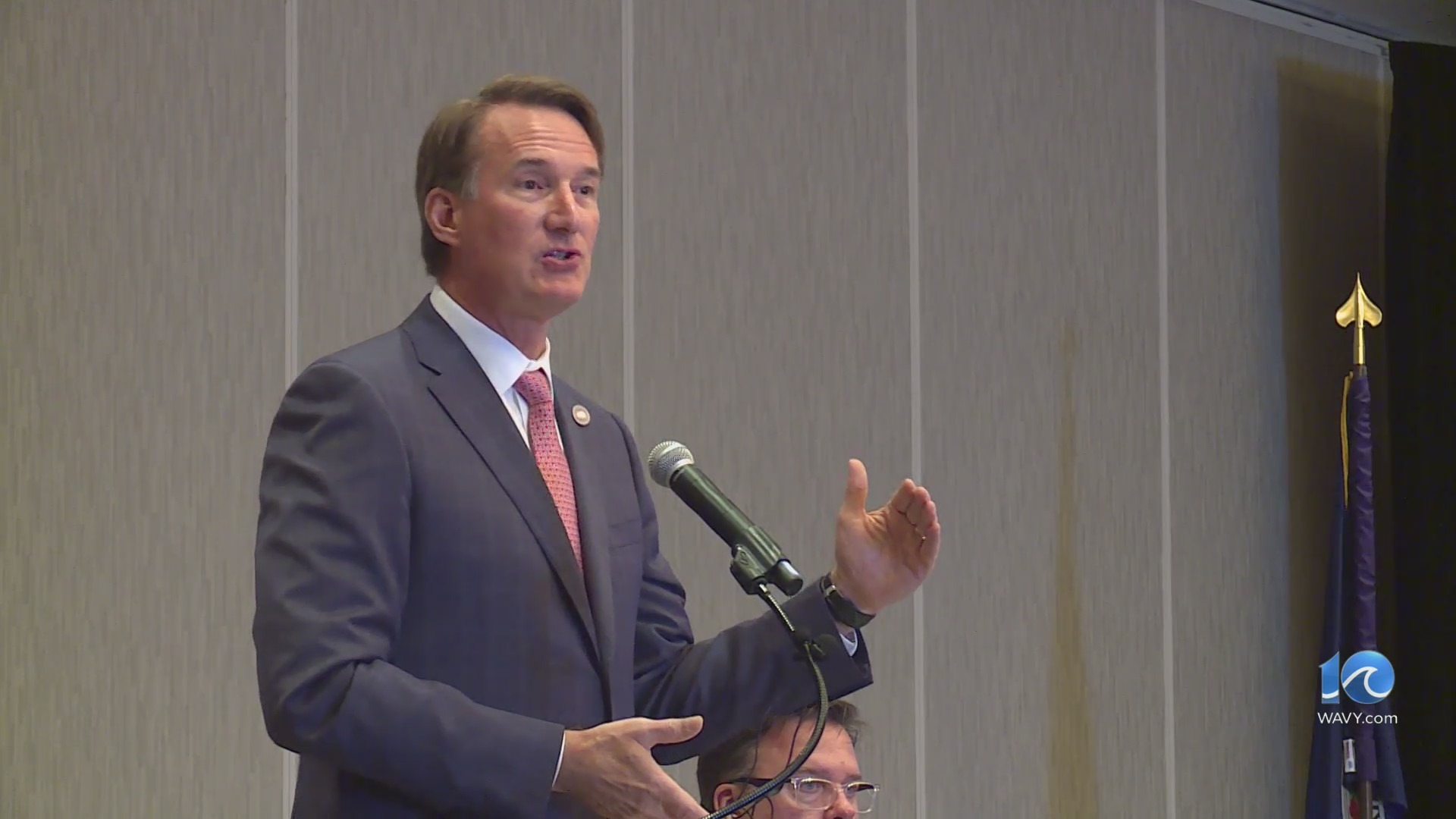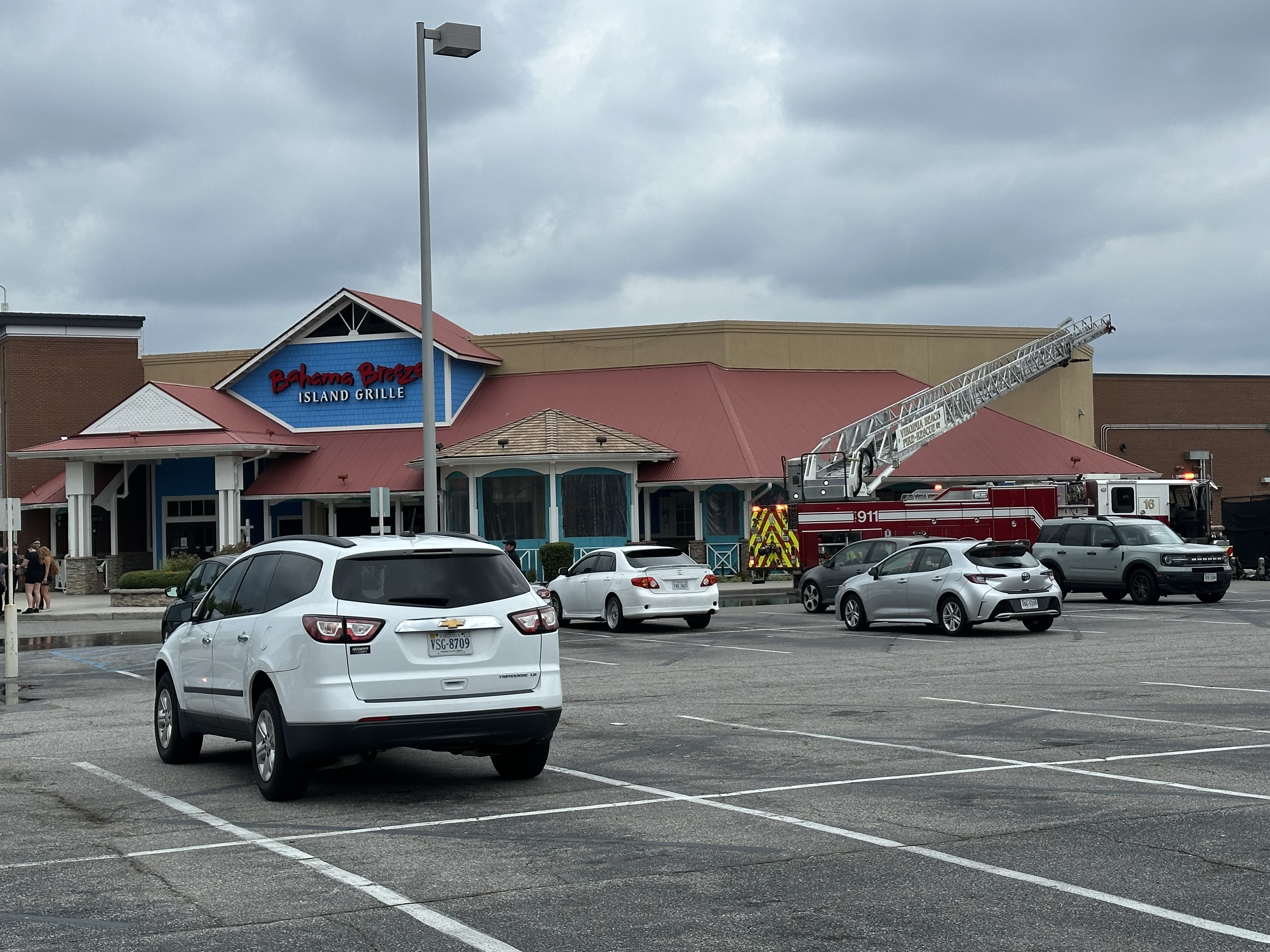NORFOLK, Va. (WAVY) — Mark and Elizabeth Woodard searched for years for a property to build their new home on before they bought an empty lot with a water view on Myrtle Park in the Larchmont area of Norfolk.
“We just kind of happened on this piece of property,” Mark Woodard said. “We saw the for-sale sign, and I think both of our mouths dropped open.”
“The view itself and the placement,” Elizabeth Woodard said. “It was just a lucky shot, really.”
An architect by profession, Mark Woodard designed their dream home, including a gazebo porch so his wife could enjoy sunsets over Edgewater Haven.
“The sunsets are just gorgeous. I have a million pictures,” Elizabeth Woodard said.
But, Mark Woodard also designed the house with a problem in mind: Recurrent flooding.
Larchmont was developed in the early 1900s on wetlands. When tides are high and a north wind blows or the full moon rises, neighborhood streets become impassable.
“If you’re sitting on a porous layer of underground, your solutions get limited as to what you can do,” said Skip Stiles, the executive director of Wetlands Watch.
Wetlands Watch is a nonprofit organization that was developed in 1999 by Norfolk residents who were concerned about the destruction of wetlands. The group has grown into a statewide organization focused on saving wetlands.
In anticipation of the flooding, the Woodards built their home higher than the elevation that was required by the city at the time. The elevated design protected their home from water damage, but it didn’t spare the Woodards from the inconvenience of tidal flooding on Myrtle Park and surrounding streets.
“We knew we needed to be prepared, so depending on what time the tide was and whether or not we had to go to work, we would move the cars out of the driveway so that we could just walk to the cars regardless of the level of water,” Elizabeth Woodard said.
“A lot of planning and three ruined cars from water underneath, so before they built the street up that was just by guess and by gosh,” she continued. “When is it time to give up on this car because there are holes in the bottom?”
About a decade ago, Norfolk Stormwater Engineer John White was tasked with reducing recurrent flooding in Larchmont. It was a task easier said than done because the water view is the neighborhood’s main draw.
“We have issues out here, but the idea is adapting to those issues and not really providing the ultimate solution,” White said. “These people are here because they enjoy the water view. If you put up a flood wall in front of their homes, that’s not the solution they’re looking for.”
A solution the community could live with came down to Myrtle Park. The small street serves as a connector between two neighborhood exits. Norfolk raised the intersections on either end of Myrtle Park by about 18 inches at a cost of about $1.25 million to lessen the impact of flooding. As part of the project, White’s team also developed a small park in the area, restoring wetlands and improving water quality in the process.
“These are the ways in and out of many homes, so they have to come through this area, so we thought this would be an effective project to help with that,” White said.
The Woodards said the project has improved their quality of life. Severe flooding used to impact their street monthly. Now, it happens just a few times every season.
“I’ll give the city a lot of credit because what they were presenting and what they’ve done and improved is tremendous for us,” Mark Woodard said.
But, no solution is perfect, Stiles said. When Myrtle Park was raised in 2012, flood maps showed Norfolk getting about 2.5 feet of sea level rise by the end of the century. Then, new flood maps came out, and that projection nearly doubled.
“So, if you were to have done this right, again nobody knew, you probably would have raised this street three feet,” Stile said.
“The raising of the road makes sense, made sense, and still makes sense because the flooding on this road is a lot less,” Stiles continued. “The issue is going forward. Does it make sense in 2050? 2070? 2080? But, you’re basically buying time. All of this work essentially is trying to buy time to transition to some future that we can’t yet envision.”
White considers the Myrtle Park project a success based on what the city was trying to accomplish — lessening the frequency of recurrent flooding on that road. The heavy price tag means it’s not a solution that will be replicated in every flood-prone neighborhood in Norfolk, but White is using lessons learned on Myrtle Park to plan for the future of major thoroughfares, like Hampton Boulevard.
“We have projects that would potentially raise the road, put in some water quality features, and hopefully make it easier to use a major artery like Hampton Boulevard,” White said, adding that the city hasn’t identified the resources for those projects yet, but is in the process of working on a design.
“All of these projects kind of culminate. We get better. We get more knowledge,” White said.




